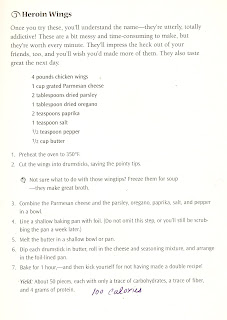straw bale garden
YOU SHOULD ADD A STRAWBALE OR TWO TO YOUR GARDEN
If your ground is too hard to work, you end up getting a late start, or if you just don't feel like cleaning up in the garden, you might want to look into getting a few Straw Bales for your Spring/Summer or even Fall Garden. If you haven't tried this method, you might want to try it out on at least a part of your Garden. The ability to grow in a smaller space, no digging involved, and much less problems with insect pests is making more Families switch at least part of their Gardens over to Straw Bales. Here is some info on this gardening method from Joel Karsten.
Straw Bale Gardening is simply a different type of container gardening. The main difference is that the container is actually the straw bale itself, held together with two or three strings, the outside crust of the bale serves as the container. Once the straw inside the bale begins to decompose, the straw becomes "conditioned" and ready to plant.
The step-by-step process of conditioning creates an extraordinarily productive, warm, moist and nutrient rich rooting environment for young seedlings. Getting the straw bales conditioned is an essential part of the process and should be started approximately two weeks prior to the target planting date in your area. This planting date varies greatly depending on where you are in the world, but this gardening technique works anywhere in the world for seasonal spring/summer or for winter gardens.
Here is info on How To Condition The Straw Bales--This means wetting and fertilizing the bales for roughly 10 days to start composting the inner straw. For the first six days, put down 3 cups of organic fertilizer per bale every other day, and water the bales to push the fertilizer down and thoroughly saturate the straw. On the off days, simply water the bales. Days 7 through 9, lay down 1.5 cups of organic fertilizer each day and water. Day 10 put down 3 cups with phosphorus and potassium (bone or fish meal mixed with 50% wood ash works like a charm).
Growing a successful vegetable garden is difficult enough if you have terrific soil to plant your garden into, but with poor soils it can be virtually impossible. Straw Bale Gardening allows anyone, even those with the worst soil conditions, to grow a terrific garden that is productive and much less labor intensive. For anyone with difficulties bending over or doing the heavy work that is usually involved in turning the soil and digging to plant and harvest crops, the raised height of the Straw Bale Garden makes those chores obsolete.
Harvesting potatoes means simply knocking over the bale at the end of the season and picking them up, no digging required. Weeding will also become a thing of the past, there are no weeds in a Straw Bale Garden. Stop spending money buying containers, building raised beds, and buying special planting mixes. Minimal maintenance resulting in maximum production, through Straw Bale Gardening. It will completely change everything you thought you already knew about gardening. Try this method and I assure you that soon you will understand why this is the perfect way to grow a vegetable garden.
Notes from Lena:
1. I used this method while I lived in a rental house in Denver. I also used straw bales to create a U-shaped compost heap. At the end of the season, everything was thrown into the compost and I bought new bales in the very early spring.
2. I admit, I didn't condition my straw bales the first year, but then again I actually added garden mix right into holes I dug out of the center of the bale. Sometimes ignorance is bliss.

Comments